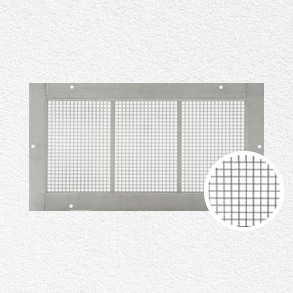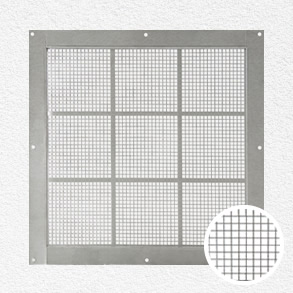If you’re a regular reader of this blog, you’ll know that flood vents can be an important means of mitigating flood damage to your home. But unfortunately for farmers, flood vents can’t do much to mitigate damage to land, equipment, crops or livestock. Still, you can take steps to protect your farm from flood damage.
The U.S. Environmental Protection Agency has a detailed list of resources for agriculture managers in the event of a disaster, including flooding. Here are just a few of the tips:
Planning
Planning starts with setting priorities: consider which farm items are most important to save (i.e. the most expensive or irreplaceable items). Well before flooding is a threat, arrange for a safe location to transport animals. If you have dairy cows, consider arranging for temporary milking facilities. Develop a plan for moving grain, equipment and pesticides out of reach of floodwaters.
During a Flood
Livestock can often survive floods if they’re not kept confined in pens. However, if water rise is rapid, animals may refuse to leave their barns and drown as a result. Therefore, it’s important to evacuate earlier rather than later. Long swims through calm water are safer than short swims through swift water.
If time allows, disconnect electric power to all buildings that might flood, and tie down lumber, irrigation pipes, fuel tanks and other loose equipment.
Recovery
You’ll need to take special steps to recondition flood-damaged farm equipment. You’ll also need to make sure your drinking water well has not been contaminated.
If you have crops in the field you can mitigate flood damage through methods such as opening drainage ditches and removing old growth. Harvested grain can possibly be salvaged by quickly separating dry and wet grain portions. Wet gain might be saved with a drier or by spreading it in a dry area as thinly as possible.
After a flood, livestock may be susceptible to particular health issues, such as pneumonia and foot rot. Report any sign of disease and vaccinate animals for common flood-related diseases, such as anthrax, lepto, blackleg and swine erysipelas.
While flood vents can’t mitigate flood damage to your farm as a whole, they might help mitigate damage to farm buildings. Although new construction or improved buildings must meet dry floodproofing requirements, existing buildings may benefit from flood vents. As stated on the FEMA website under Agricultural Structure:
Under some circumstances it may be appropriate to wet-floodproof certain types of agricultural structures when located in wide, expansive floodplains through issuance of a variance. This should only be done for structures used for temporary storage of equipment or crops or temporary shelter for livestock and only in circumstances where it can be demonstrated that agricultural structures can be designed in such a manner that results in minimal damage to the structure and its contents and will create no additional threats to public safety.
At Flood Solutions, we have a variety of FEMA compliant flood vents to choose from, suitable for retrofitting in existing agricultural structures. For more information about whether flood vents are a good choice for your farm buildings, contact us.






